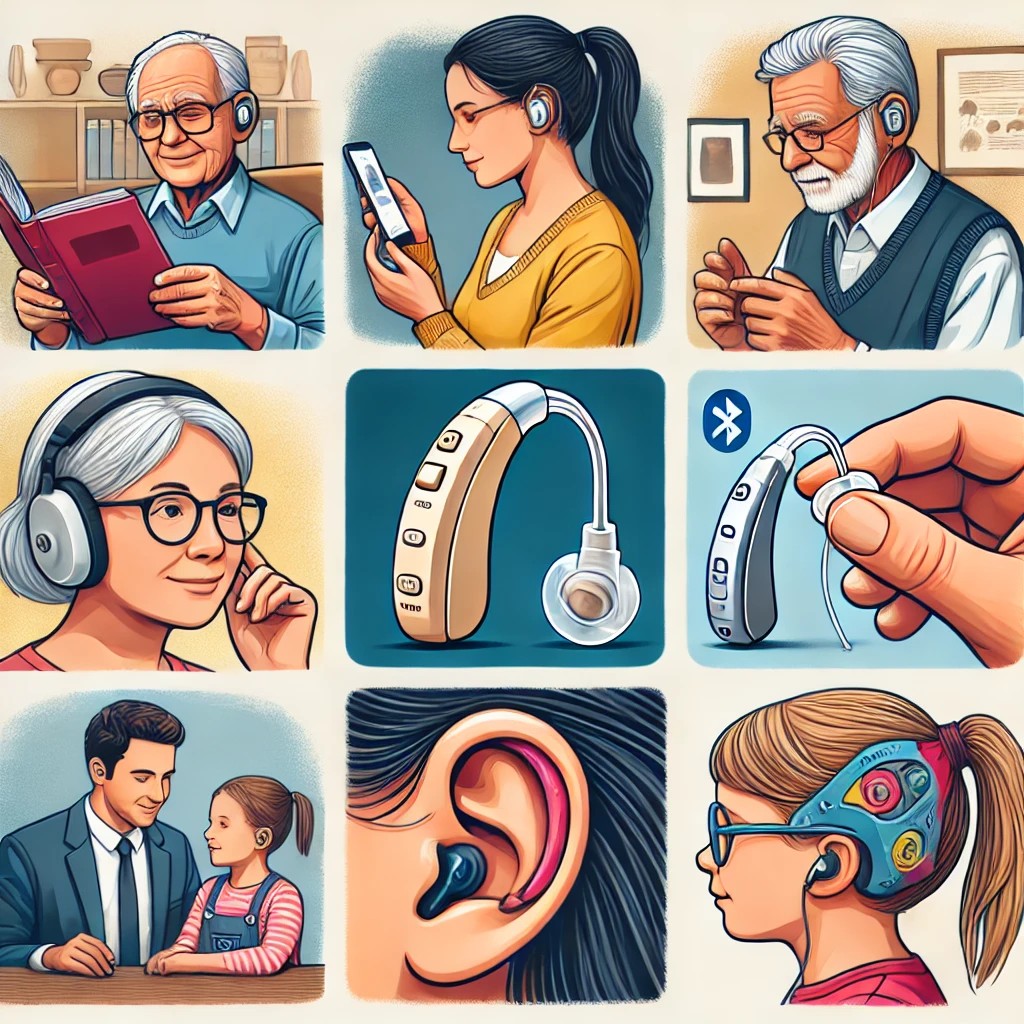For those suffering from hearing loss of varying degrees, hearing aids can be essential. They enhance quality of life and make everyday tasks easier. But, if we’re being honest here, they’re expensive. Sticker shock is common for those seeking to purchase a set and puts buyers off on going ahead with the purchase. There are, however, a number of reasons behind the hefty price tag.

Advanced Technology and Research
Modern hearing aids are sophisticated devices that incorporate cutting-edge technology. Manufacturers invest heavily in research and development to create hearing aids that can effectively process and amplify sound while reducing background noise. This technology includes advanced microphones, digital signal processors, and algorithms that constantly adapt to the user’s environment. Developing these complex features requires significant time, expertise, and financial investment, which contributes to the hearing aids prices.
Miniaturization and Custom Fitting
Hearing aids are remarkably small, packing a wealth of technology into a device that fits discreetly behind or inside the ear. Miniaturization is a costly process that requires precision engineering and high-quality materials. Additionally, each hearing aid must be custom-fitted to the individual user’s ear to ensure optimal performance and comfort. This process involves taking precise ear impressions and tailoring the device to match the user’s specific hearing needs. The customization process adds to the cost of the hearing aid but is essential for achieving the best possible results.
Durability and Lifespan
Hearing aids are exposed to moisture, earwax, and physical stress. To withstand these challenges, they must be built with durable, high-quality materials. Manufacturers use biocompatible plastics, protective coatings, and other specialized components to ensure the devices can function reliably for several years. The use of these premium materials and the need for rigorous testing contribute to the cost of the hearing aid. However, investing in a durable device can save money in the long run by reducing the need for frequent repairs or replacements.
Professional Services and Support
The cost of a hearing aid includes more than just the device itself. When purchasing a hearing aid, you are also paying for the professional services of an audiologist or hearing specialist. These experts play a crucial role in evaluating your hearing loss, selecting the appropriate device, and programming it to meet your specific needs. Buyers can expect ongoing support, including regular check-ups, adjustments, and maintenance. The time and expertise required for these services are factored into the cost of the hearing aid, making certain you receive the highest level of care and support throughout your hearing journey.
Investing in Quality of Life
While the cost of high-quality hearing aids may seem daunting, it is essential to consider the value they provide. Untreated hearing loss can lead to social isolation, depression, cognitive decline, and a reduced overall quality of life. By investing in a hearing aid, you are not only improving your hearing but also taking a critical step toward maintaining your mental and emotional well-being. Many users find that the benefits of hearing aids far outweigh the initial cost, as they can once again engage fully in conversations, enjoy entertainment, and navigate daily life with greater ease and confidence.When examining the real cost of high-quality hearing aids, it becomes clear that the price reflects a combination of advanced technology, customization, durability, professional services, and regulatory compliance. While the upfront investment may be significant, the long-term benefits to your quality of life cannot be overstated.

